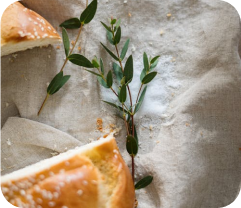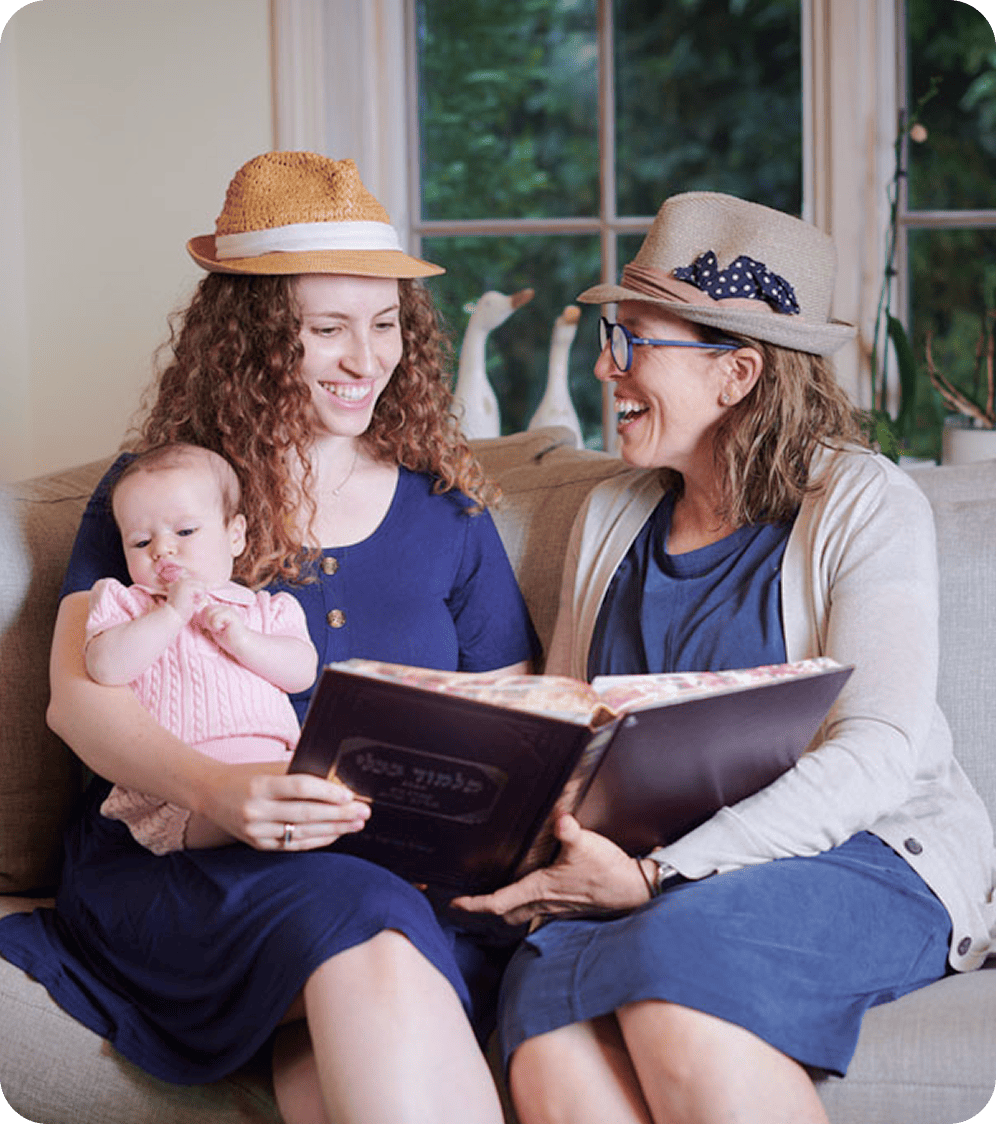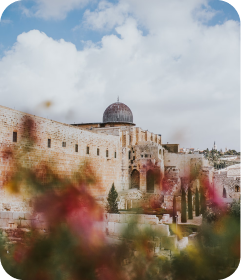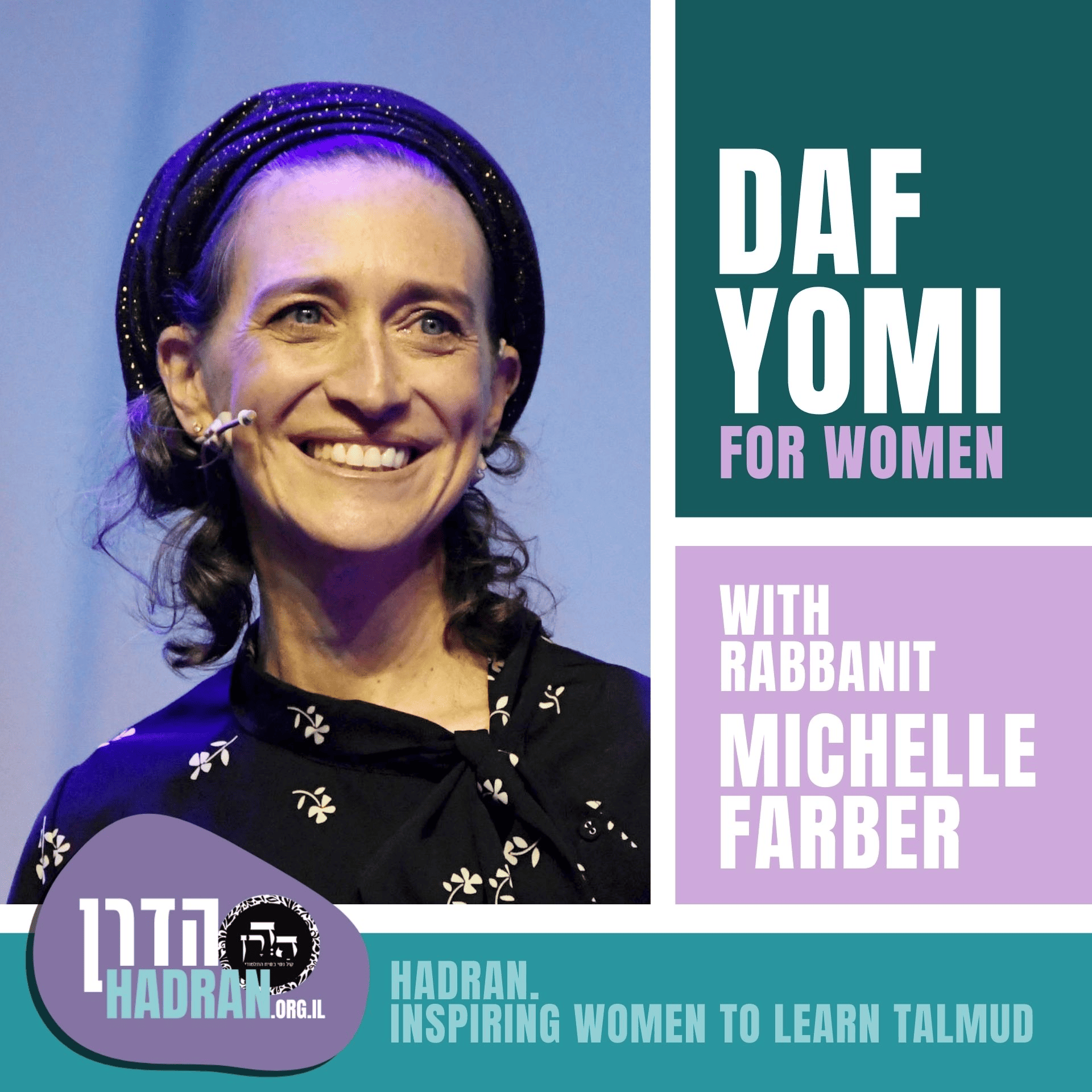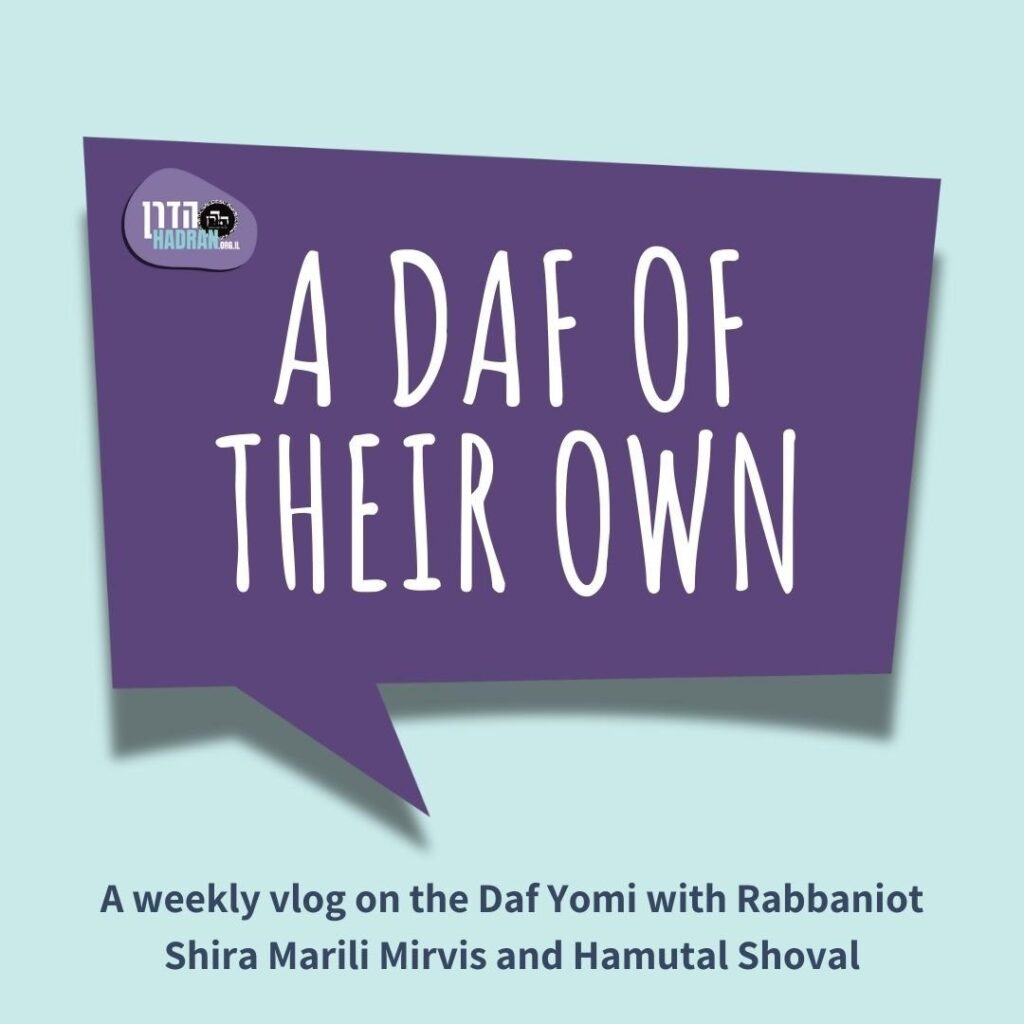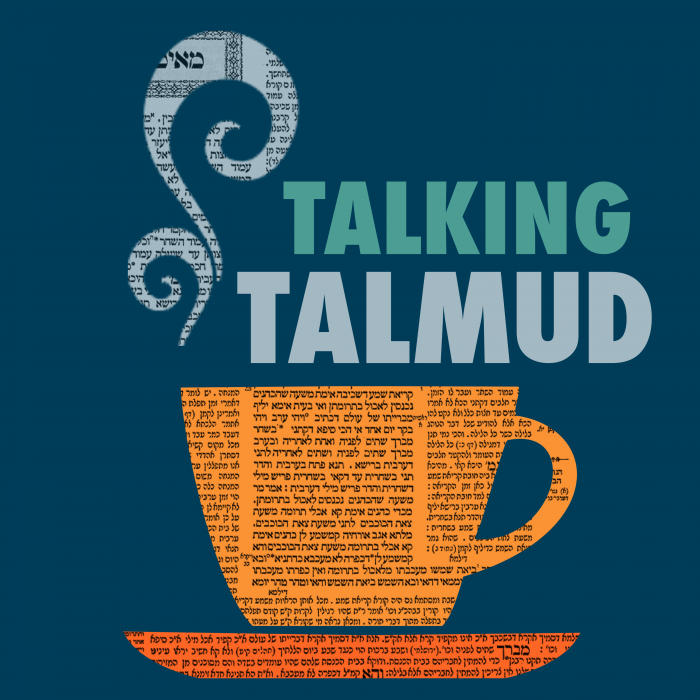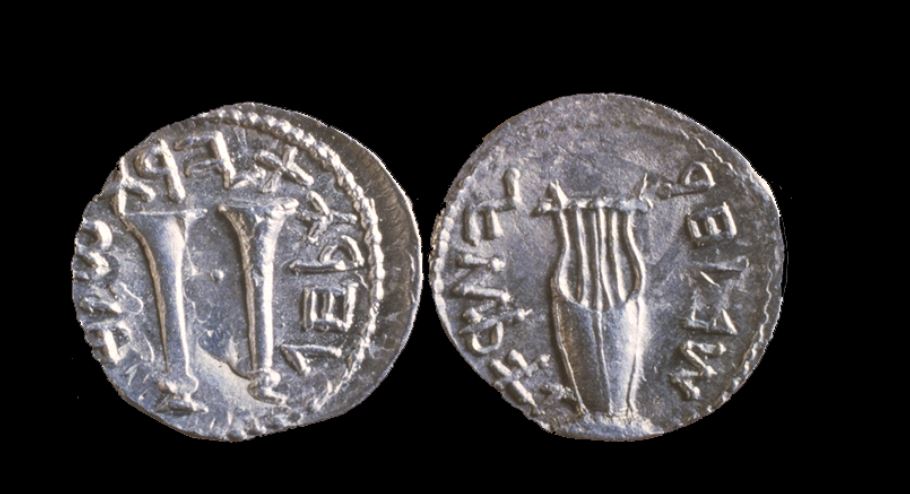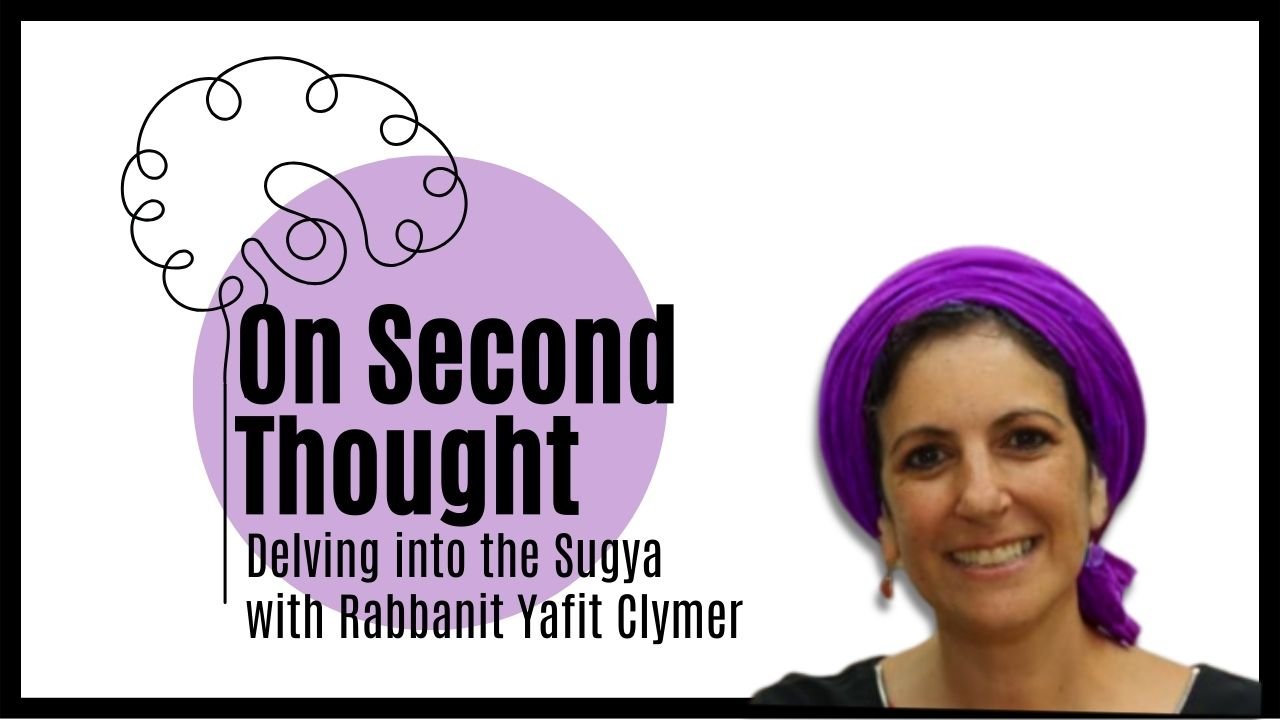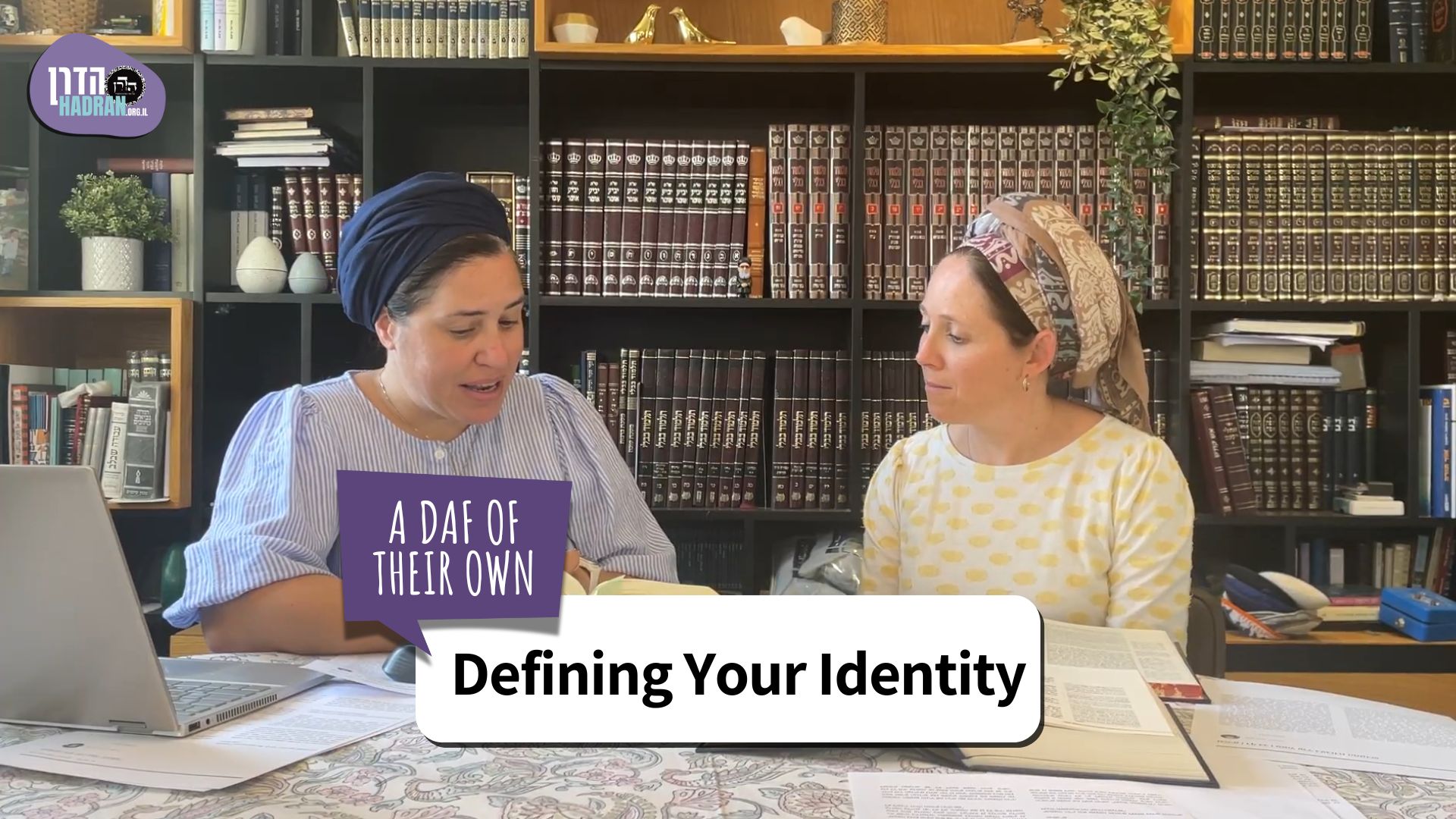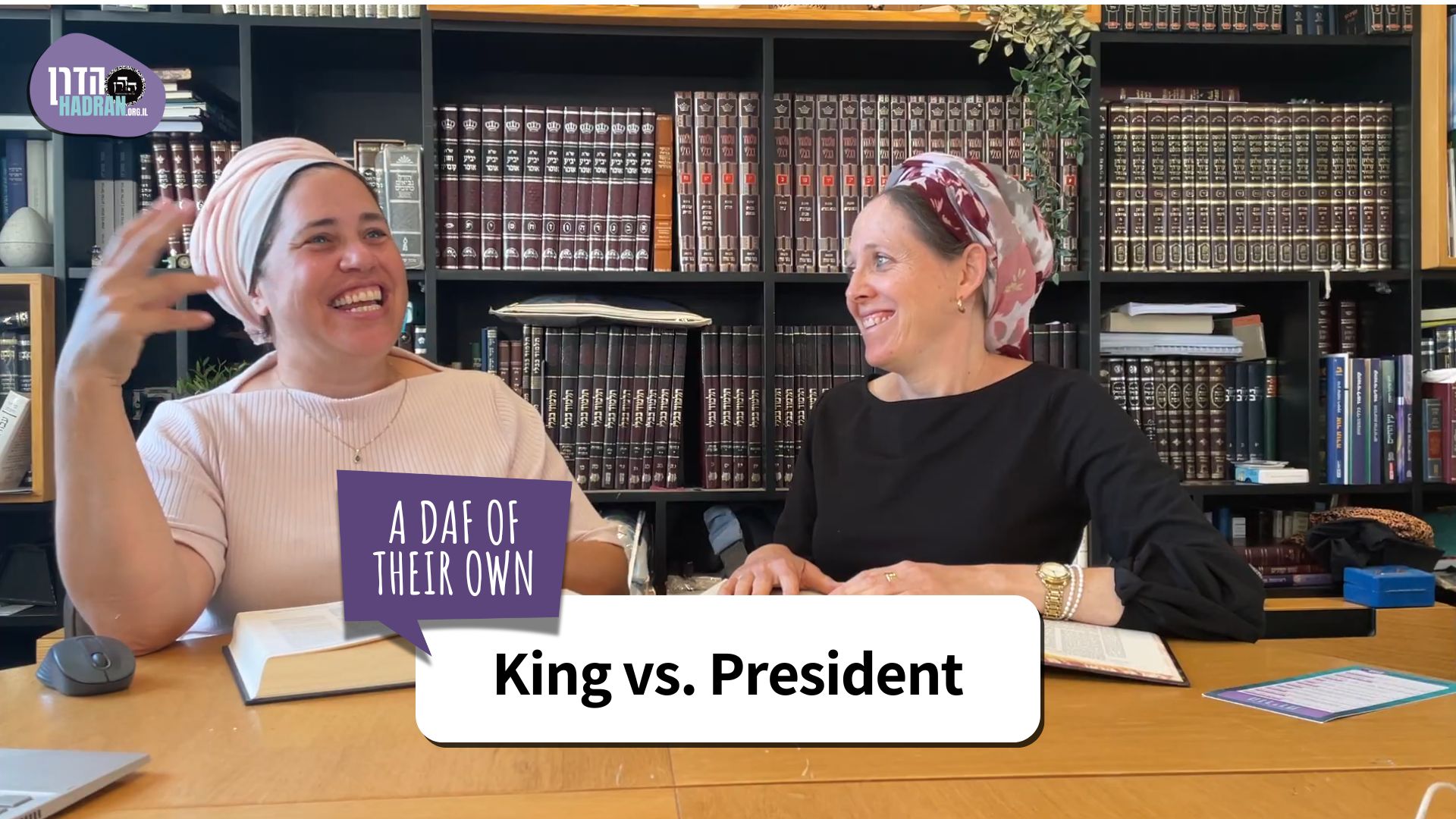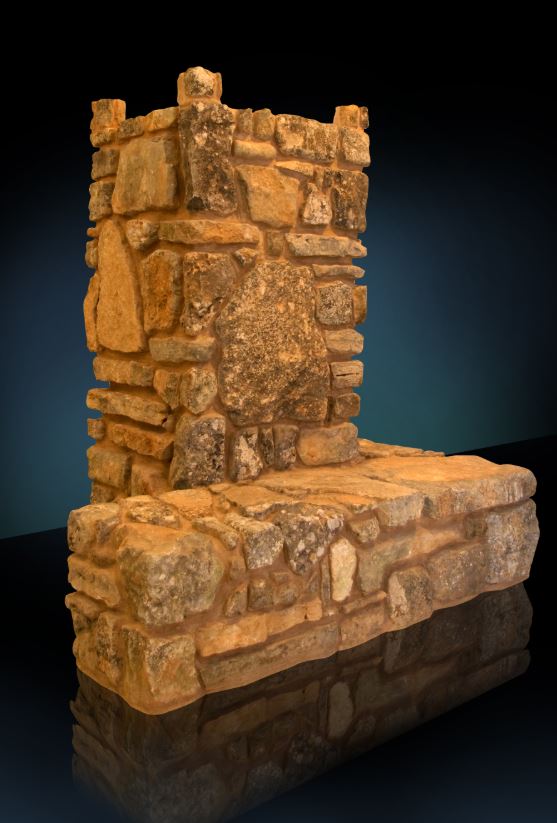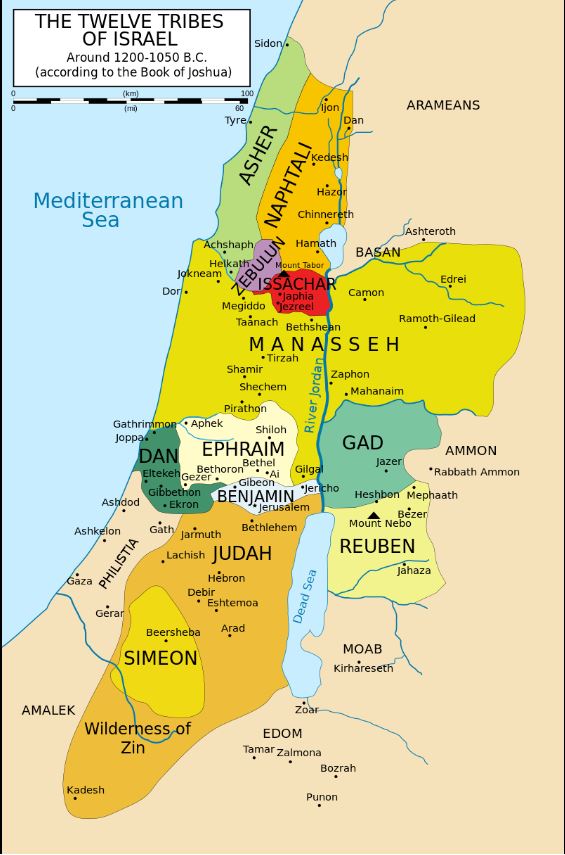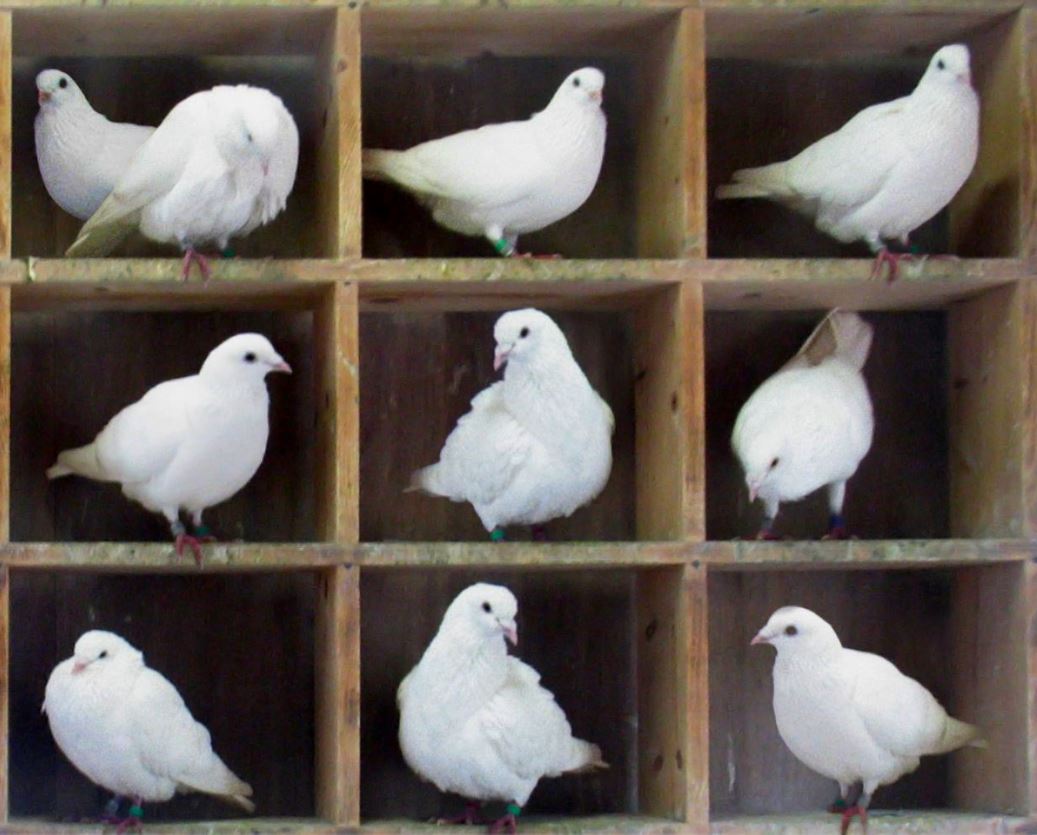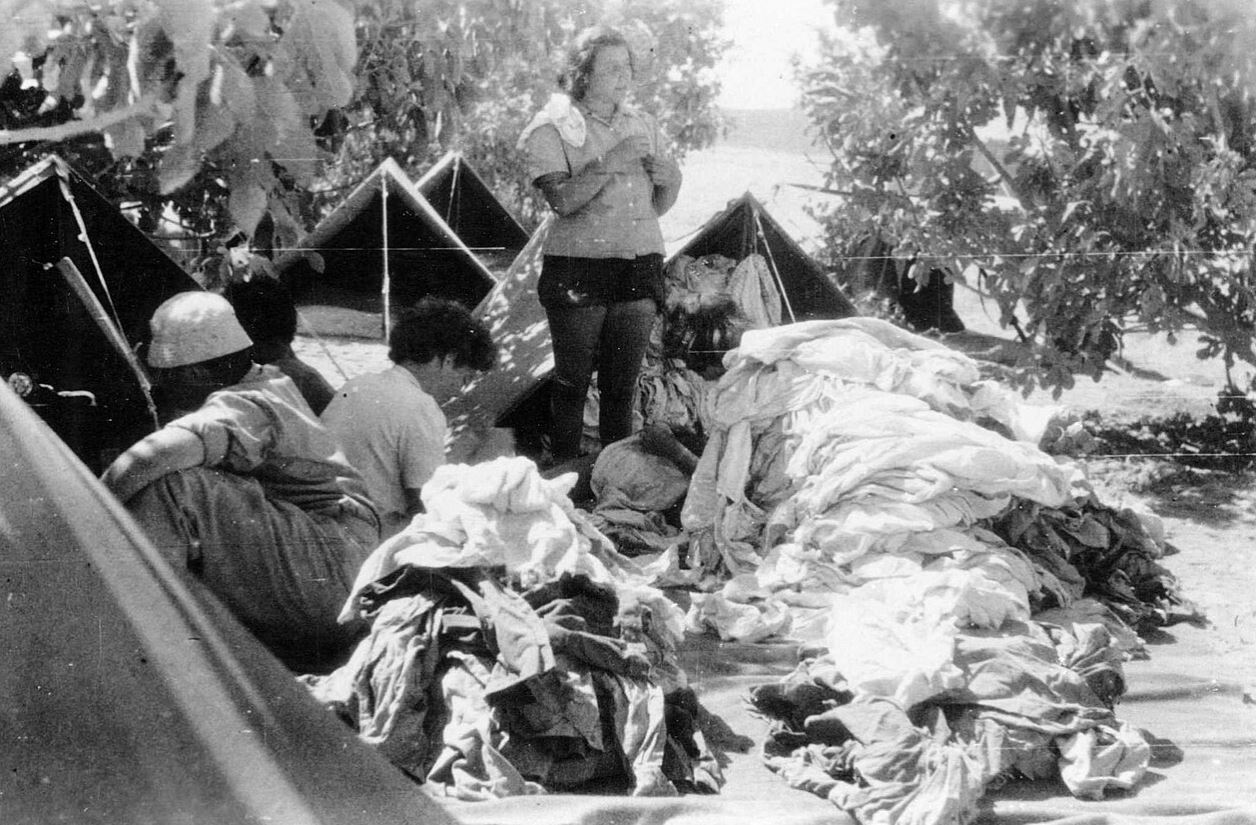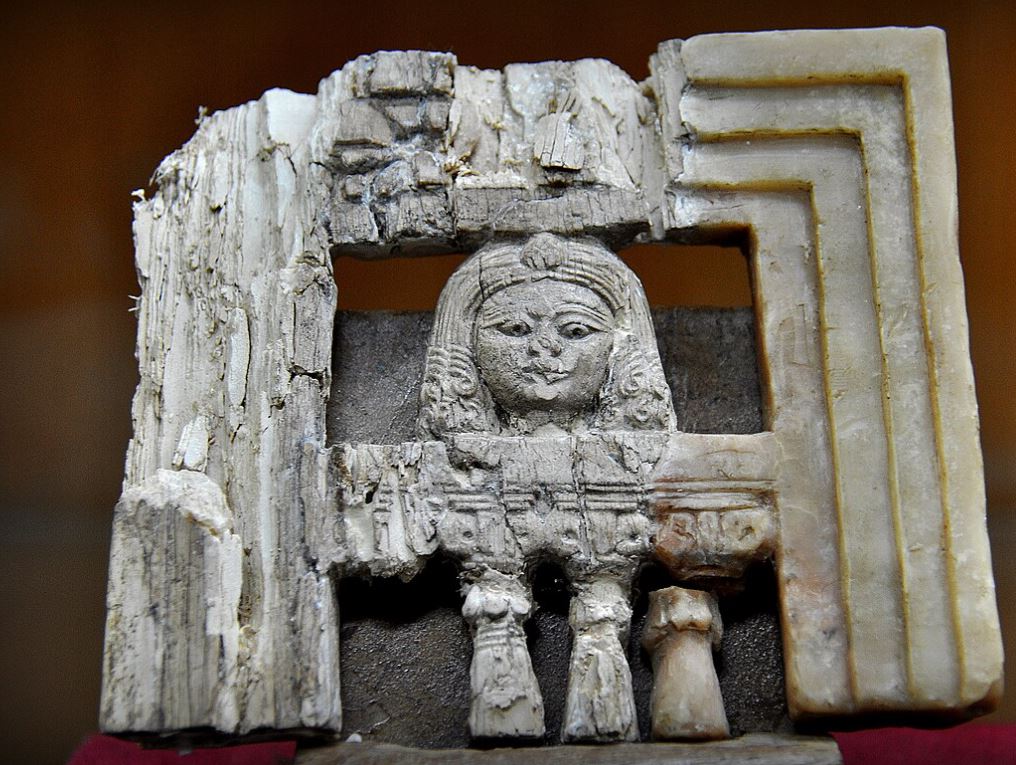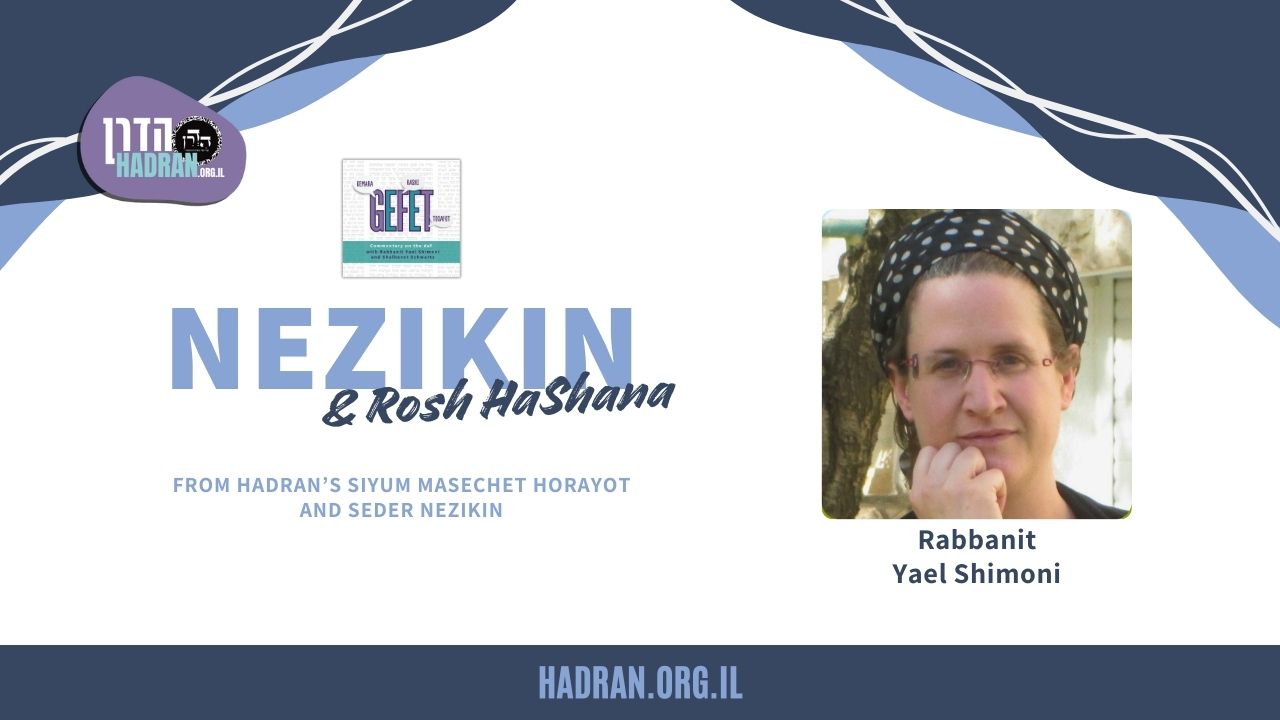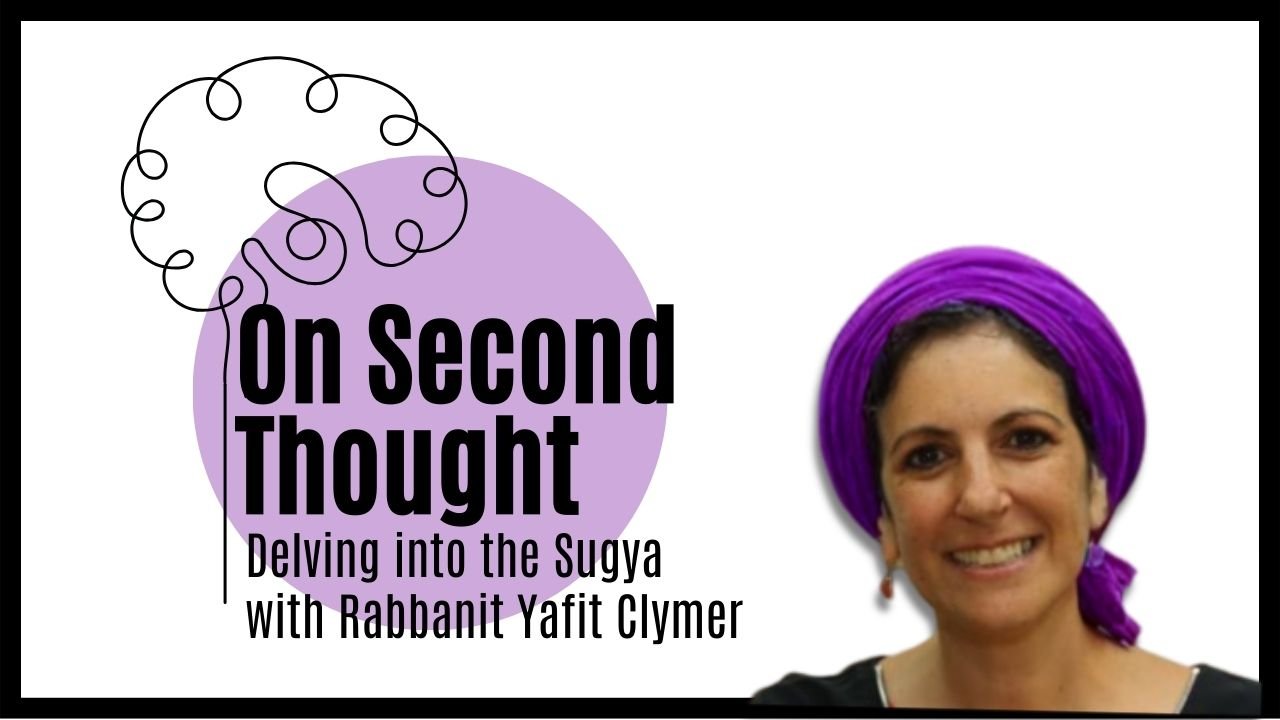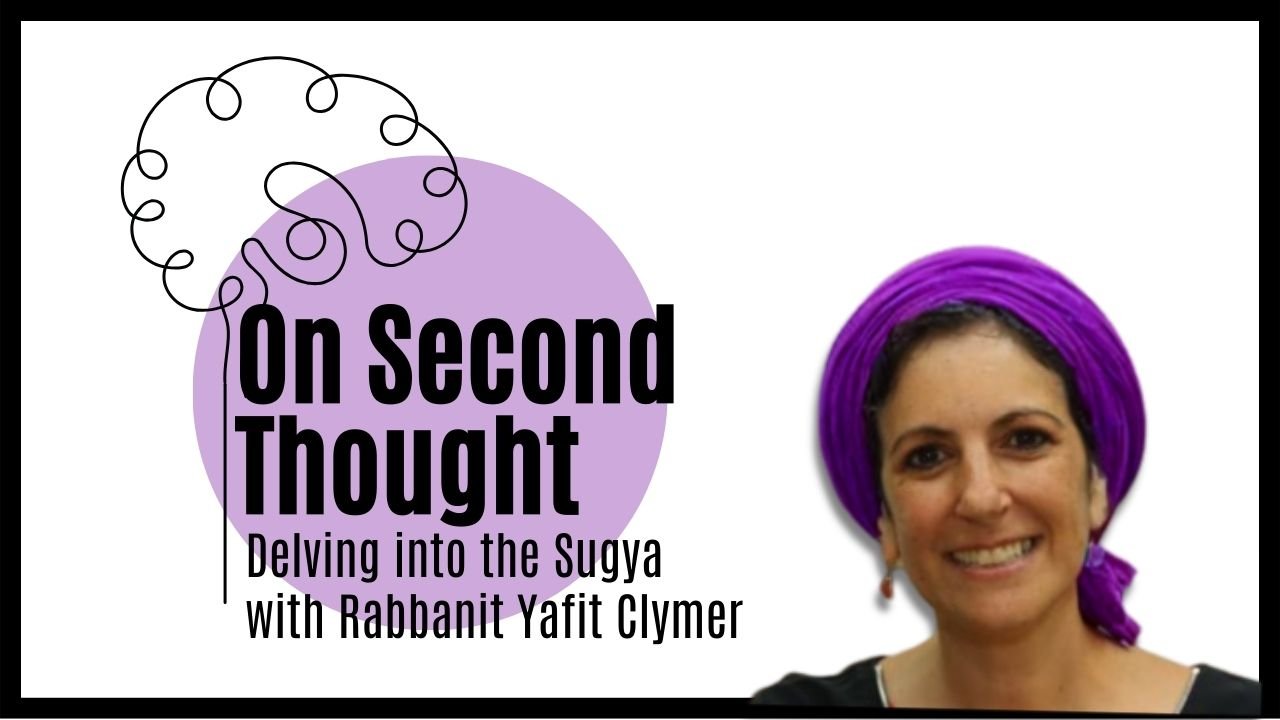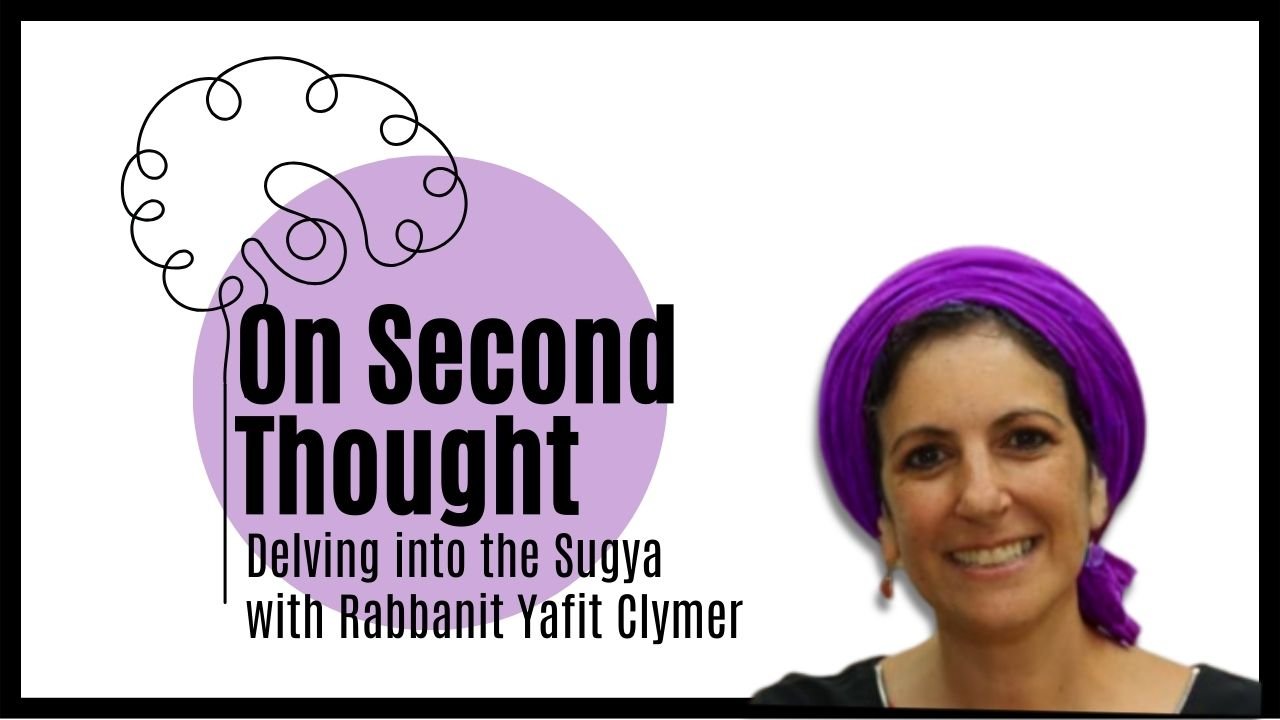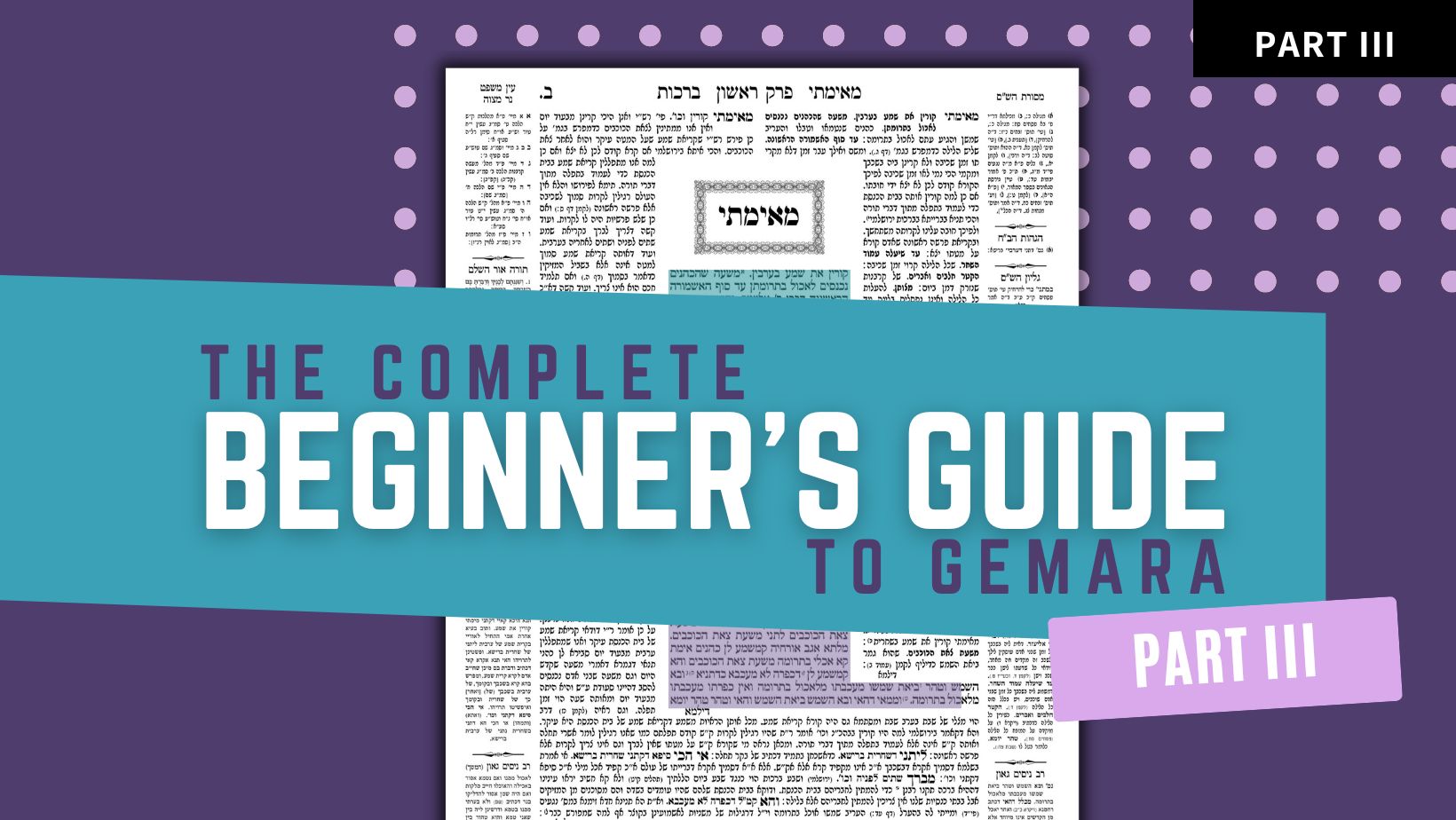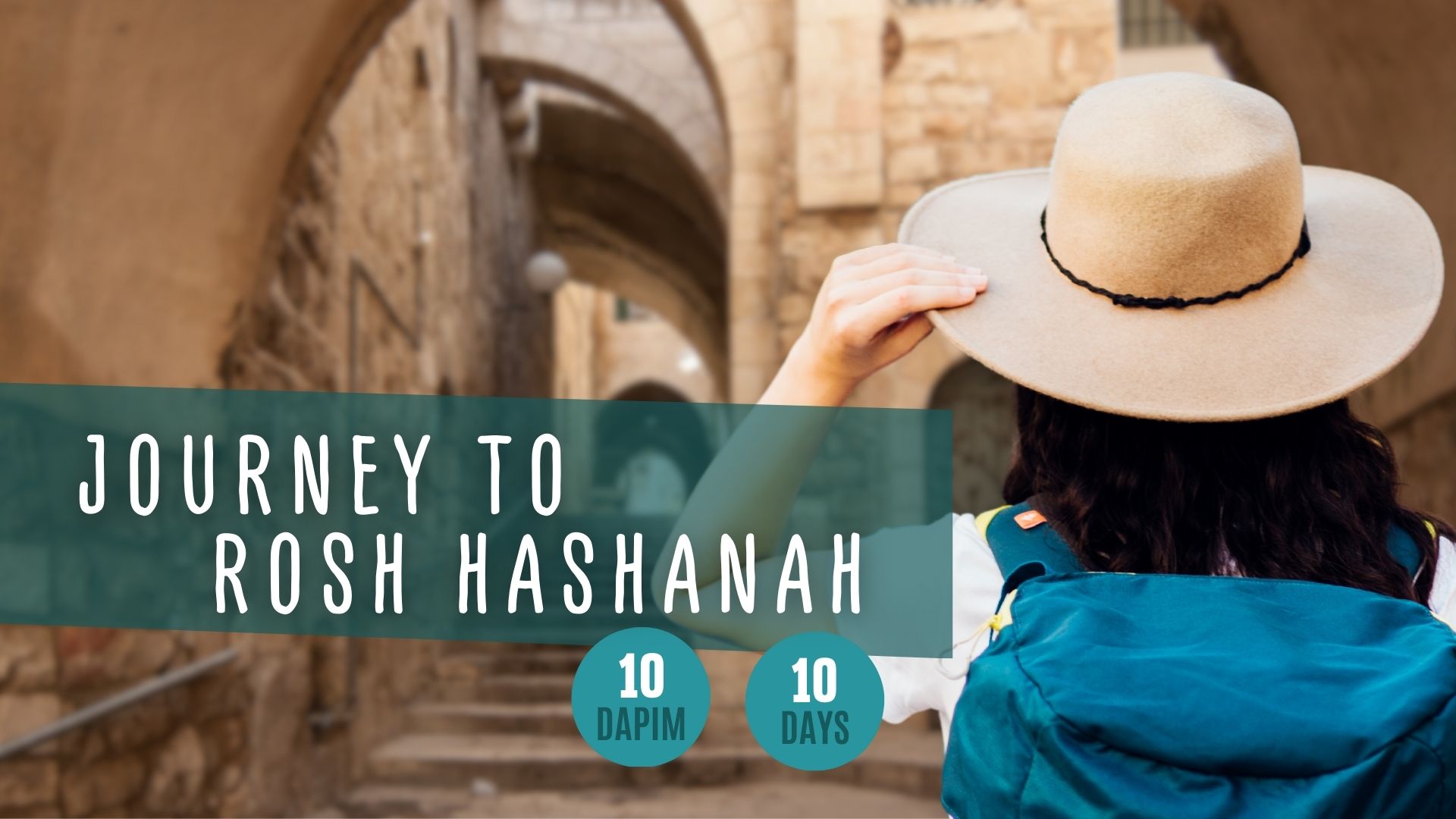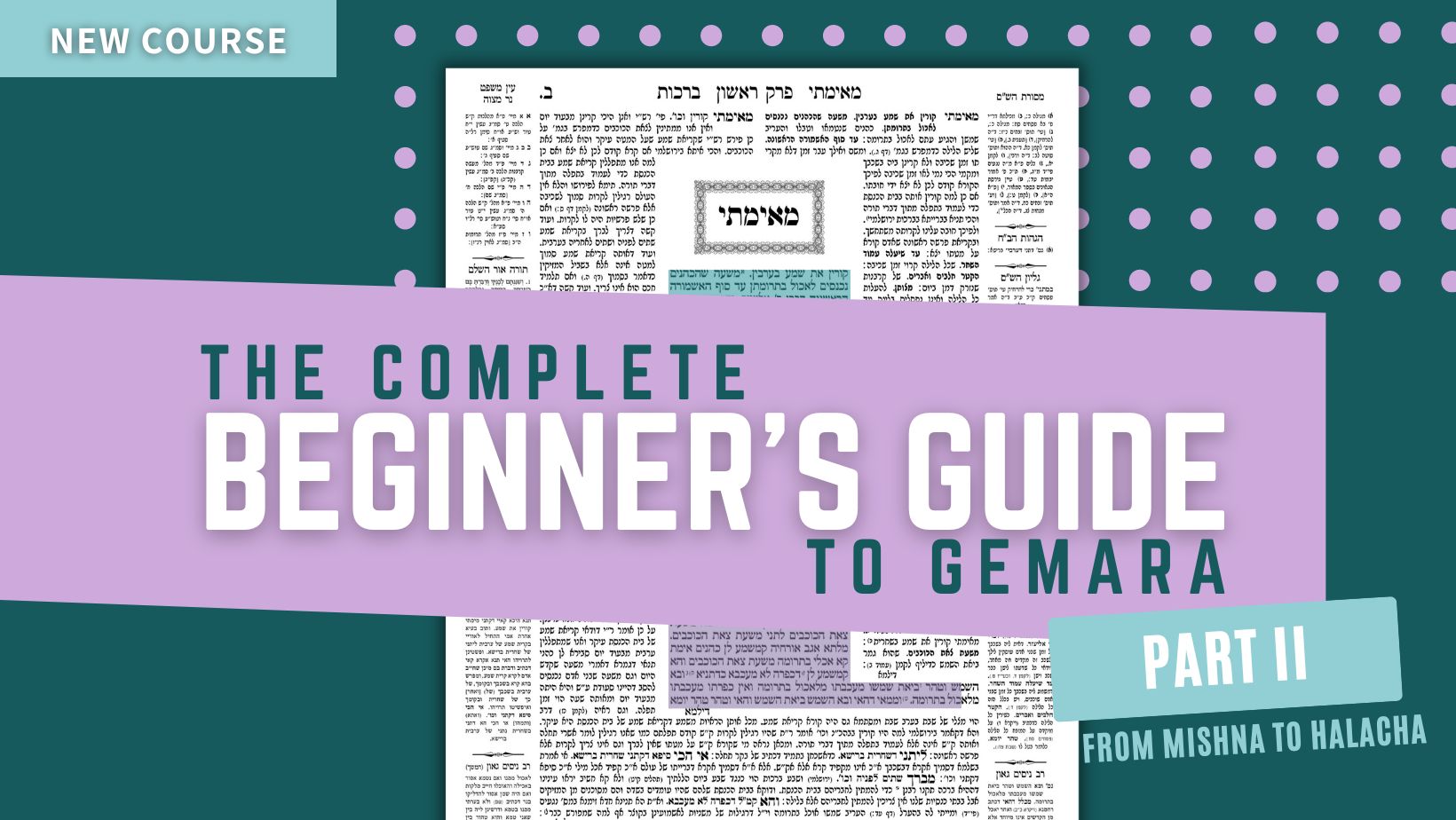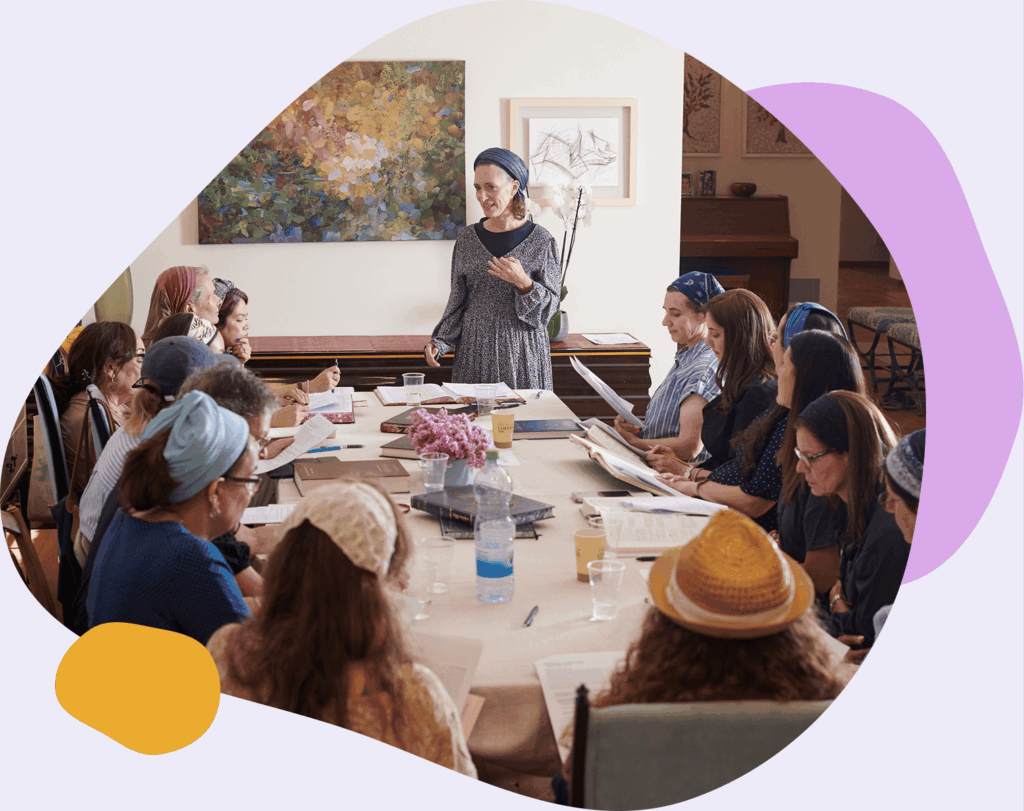
Hadran: Advancing Talmud Study for Women
Hadran supports Jewish women of all ages, backgrounds and skill levels with resources and inspiration to engage in Talmud study.
Zevachim 70
Rabbanit Michelle Farber
11.23.2025 | ג׳ בכסלו תשפ״וStart Studying Talmud
Daf Yomi
Get ‘on the same page’ with Jews around the world on a daily basis.
Masechet
Select a section of the Talmud to suit your learning interests and schedule.
Beyond the Daf
Delve deep with weekly classes and podcasts from top women scholars.
Courses
Develop your Talmud study skills with self-paced online courses.
#TaanitChallenge
Learn Masechet Taanit with Hadran
📣 Ready for a meaningful learning journey?
Join the #TaanitChallenge – a powerful learning experience where women across the world dive into Masechet Taanit together!
Starting October 29th, we’ll learn 4 times a week using Hadran’s Daf Yomi archive – with each 40-minute lesson available in video or podcast format. You’ll receive a daily link when the challenge begins. 📚
Whether you’re new to Gemara or a seasoned learner, this is your chance to connect deeply with the text, the community, and yourself.
Let’s finish the masechet together – in just over a month!
Resources
Talmud, Your Way
Experience Talmud with daily or weekly shiurim from top women scholars, each with a different focus and flavor. There’s something here for everyone.
Recently added
Daf Yomi
Beyond the Daf
Din & Daf
A Daf of Their Own
Flashback
Gefet
On Second Thought
Daf Yomi: One Week at a Time
Talking Talmud
Beyond the Daf (HE)
Suggested for you
Your history
Talmud, Your Way
Experience Talmud with daily or weekly shiurim from top women scholars, each with a different focus and flavor. There’s something here for everyone.
Daf Yomi
Zevachim 70
How does Rabbi Yehuda counter the difficulties raised by Rav Shizbi? First, the Gemara shows that he derives the rulings of Rav Shizbi (that both the verses on a dead bird and the cheilev of an animal only apply to kosher birds/animals differently. Then, they bring three suggestions on how to explain the meaning of the word treifa in the verse regarding the cheilev. The first two suggestions are rejected.
How does Rabbi Meir explain the three different verses – two for the impurity of a dead bird and the one for cheilev?
A braita is brought that derives some of the halakhot previously mentioned from the verses, that the cheilev ruling only applies to kosher animals and not to undomesticated animals.
Rabbi Yochanan and Rabbi Elazar disagree about whether Rabbi Meir would hold that melika removes a bird from having impurity of a carcass in birds with blemishes or even birds not generally offered on the altar. This leads to Rabbi Yirmia asking if the same would be true if, instead of breaking the neck of a calf in the egla arufa ceremony, they broke the back of a goat?
Daf Yomi
Zevachim 69
The Gemara continues its discussion on whether melika performed by a non-kohen renders the bird a neveila, thereby imparting ritual impurity. Chizkiyah presents a ruling: if a non-kohen performs melika and the bird is subsequently placed on the altar, it is not removed. However, in a parallel case involving kmitza performed by a non-kohen, the offering would be removed. This raises the question – why is there a distinction between the two cases?
A braita is cited to provide the Torah source for the Mishna’s rulings regarding melika performed with the left hand, at night, and in other disqualifying circumstances.
Rabbi Meir and Rabbi Yehuda disagree about whether melika performed on a treifa bird (one with a fatal defect) prevents it from being considered a neveila. The Gemara examines the sources for their respective opinions. Rav Shizbi brings a verse concerning the prohibition of consuming the forbidden fats (cheilev) of a neveila or treifa, challenging Rabbi Yehuda’s proof text.
Daf Yomi
Get ‘on the same page’ with Jews around the world on a daily basis.
Zevachim 70
Zevachim 69
Zevachim 65
Beyond the Daf
Explore relevant and thought-provoking topics that arise from the daf with fresh weekly Beyond the Daf content.
Zevachim Daf 58-65 – Daf Yomi: One Week at a Time
Zevahim 64: Bird Offerings – Not for the Faint of Heart
Spiritual Aspects of Korbanot: The Permission To Eat Meat
Din & Daf
Conceptual Analysis of Halakha Through Case Study with Dr. Elana Stein Hain In each session, we will delve into conceptual explorations of halakhic phenomena.
Din & Daf: Kedushat Eretz Yisrael – Where does it come from?
Din & Daf: Jewish Guilt? What is the big idea behind the Korban Asham?
Din & Daf: The Role of the Mizbeach (altar) and the Identity of the Mikdash
Din & Daf: Kodshei Kodashim vs. Kodashim Kalim – What’s the Difference?
A Daf of Their Own
Thought-provoking Talmudic discussions in a friendly, accessible style with Rabbanit Shira Marili Mirvis and Rabbanit Hamutal Shoval
Flashback
Flashback: a look into the reality of the Talmud. What was the time of the Talmud really like? How were the experiences different?
Gefet
Gemara, Perushim and Tosfot An in-depth (Iyun) Gemara shiur with Rabbanit Yael Shimoni and Shalhevet Schwartz Disclaimers: you do not have to be a daf learner to study Gefet. The texts are in Hebrew, the class teaching is in English. *In collaboration with Yeshivat Drisha
On Second Thought
On Second Thought: Delving Into the Sugya with Rabbanit Yafit Clymer
Spiritual Aspects of Korbanot: The Permission To Eat Meat
Spiritual Aspects of Korbanot: All About Blood
The Death Penalty in the Mishnah and Talmudic Era – On Second Thought
The Death Penalty in the Second Temple Period – On Second Thought
The Death Penalty in the Tanakh – On Second Thought
Daf Yomi: One Week at a Time
This shiur will allow you to connect to the worldwide phenomenon of Daf Yomi study, whether you learn the daf each day or just want to gain an overview of the entire Gemara.
Zevachim Daf 58-65 – Daf Yomi: One Week at a Time
Zevachim Daf 51-57 – Daf Yomi: One Week at a Time
Zevachim Daf 46-51 – Daf Yomi: One Week at a Time
Zevachim Daf 39-45 – Daf Yomi: One Week at a Time
Zevachim Daf 30-38 – Daf Yomi: One Week at a Time
Zevachim Daf 22-29 – Daf Yomi: One Week at a Time
Talking Talmud
A conversation on the daf yomi with Anne Gordon and Yardaena Osband
Zevahim 64: Bird Offerings – Not for the Faint of Heart
Zevahim 62: The Ashes of Isaac, or Where to Build the Second Temple’s Altar
Zevahim 61: The Fire Never Left the Altar – Unless It Did?
Beyond the Daf (HE)
Explore weekly shiurim in Hebrew covering the most thought-provoking topics that arise from the daf.
שלושה פנים רוחניים בקרבן בעלי חיים: היתר אכילת בשר- על מה ולמה?– במחשבה שניה
Suggested for you
Your history
Courses
Take a Course
Develop your Talmud study skills with free, self-paced online courses by experienced Gemara teachers. All courses are designed to be relevant for beginners, as well as more advanced learners.
Masechtot
Learn a Masechet
Take a personalized, self-paced trip through Talmud study by choosing a masechet (tractate) that matches your interests and schedule.
Support Women’s Talmud Study
Your donation to Hadran enables us to create more resources and to reach and inspire more women all over the world.
The Hadran Learners’ Tapestry
Meet the diverse women learning Gemara with Hadran.
Read their stories and add your own.

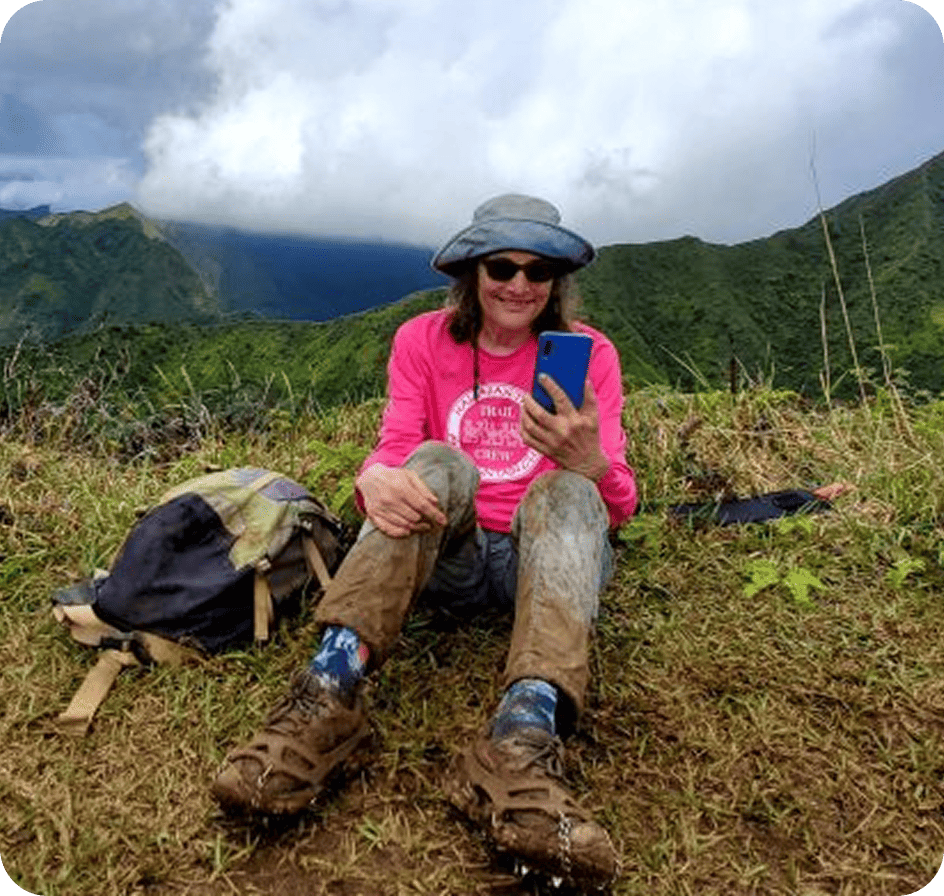


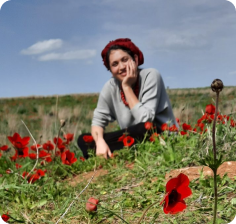

Register your free learner account now
With your free Hadran account, you can keep track of your learning options, choices and progress.
Progress tracker
Keep track of where you are in courses and masechtot.
Content updates
Follow the teachers you like. Get notified when they release new content.
Learning reminders
Receive reminders to help you keep up with your learning goals.
Account settings
Update your user and contact information.




